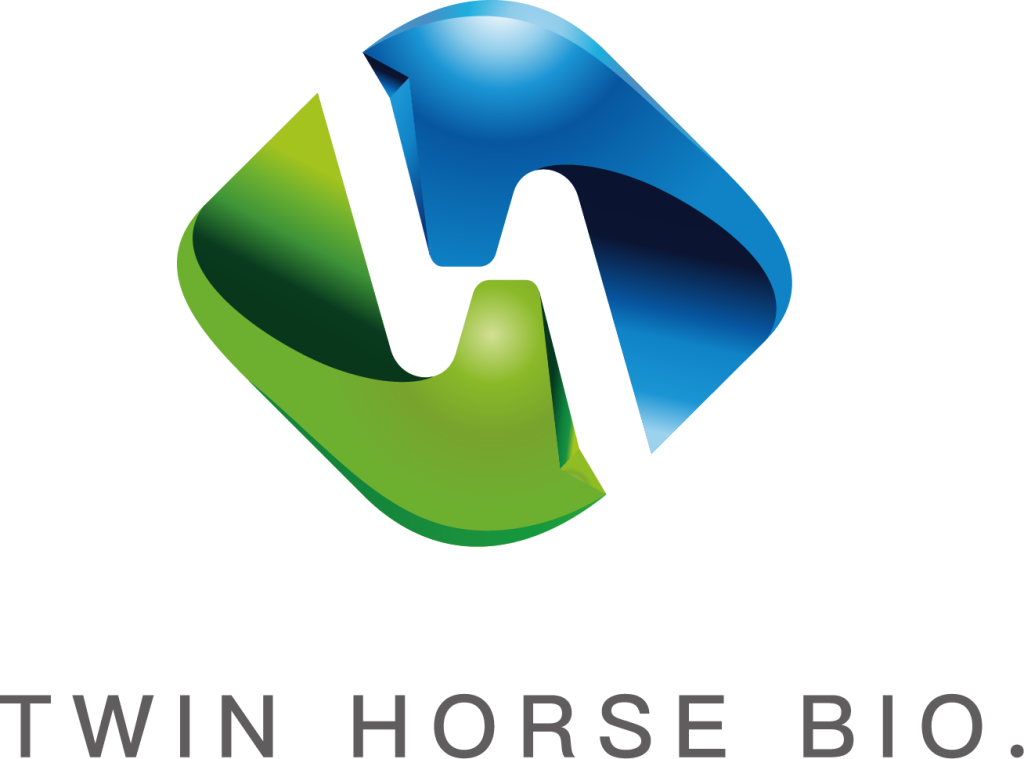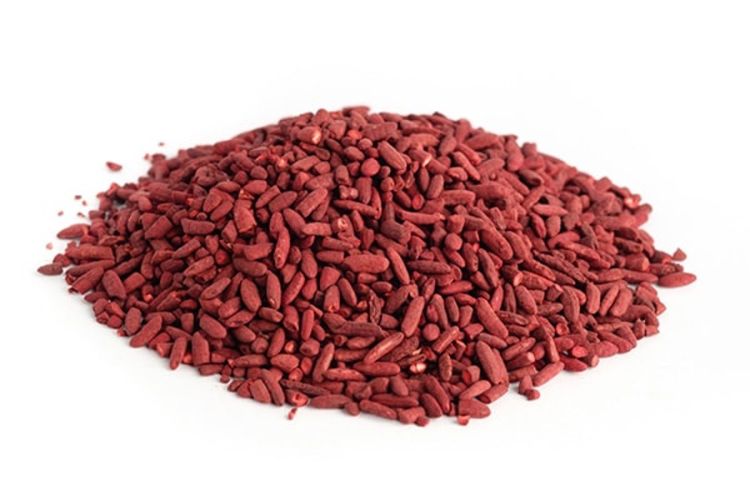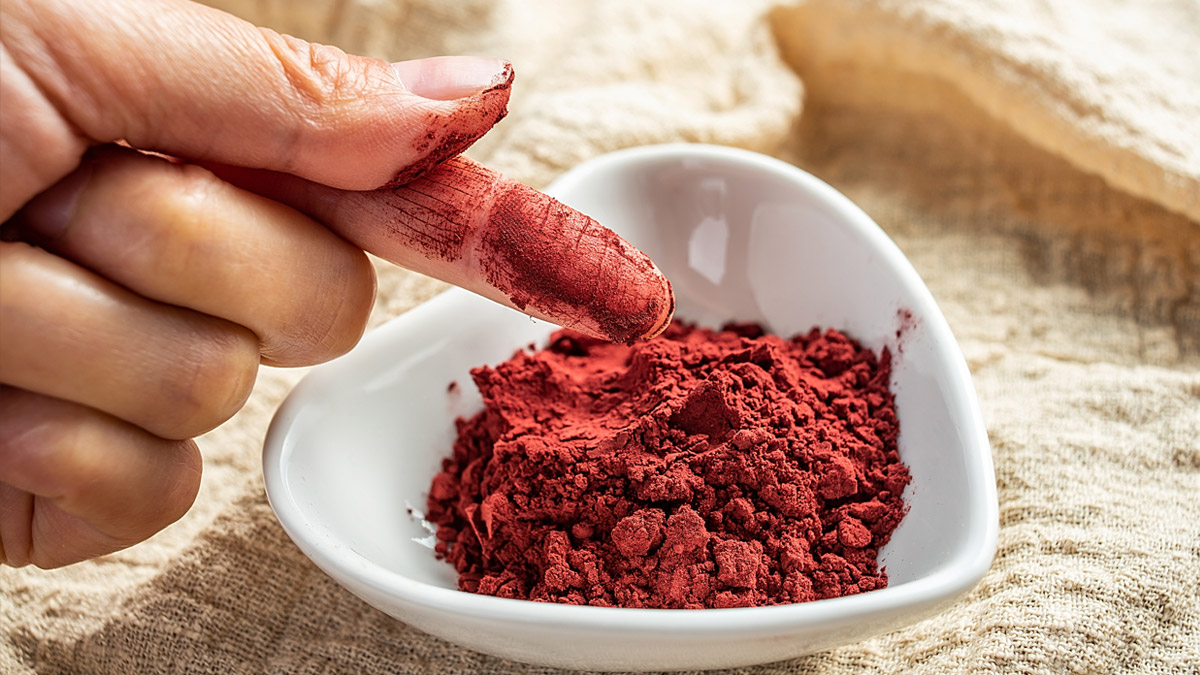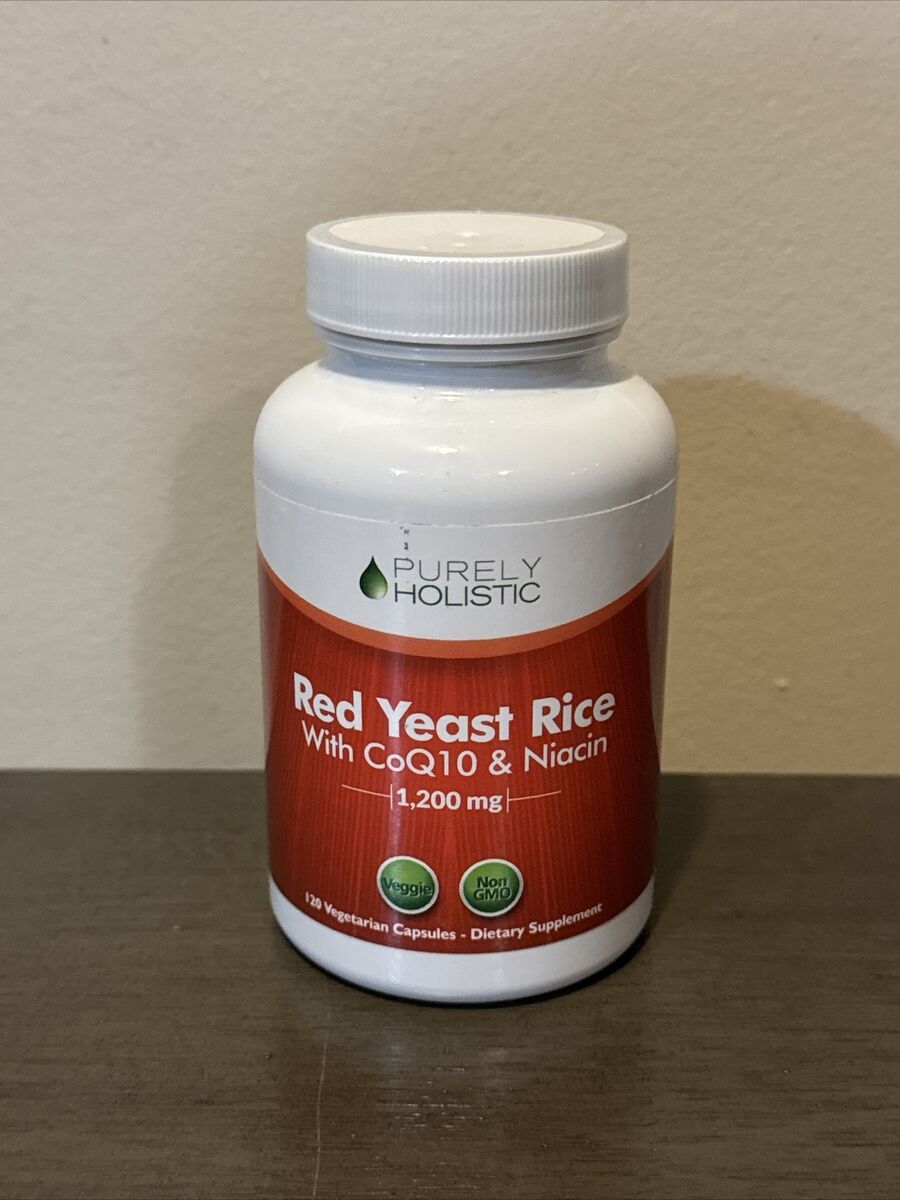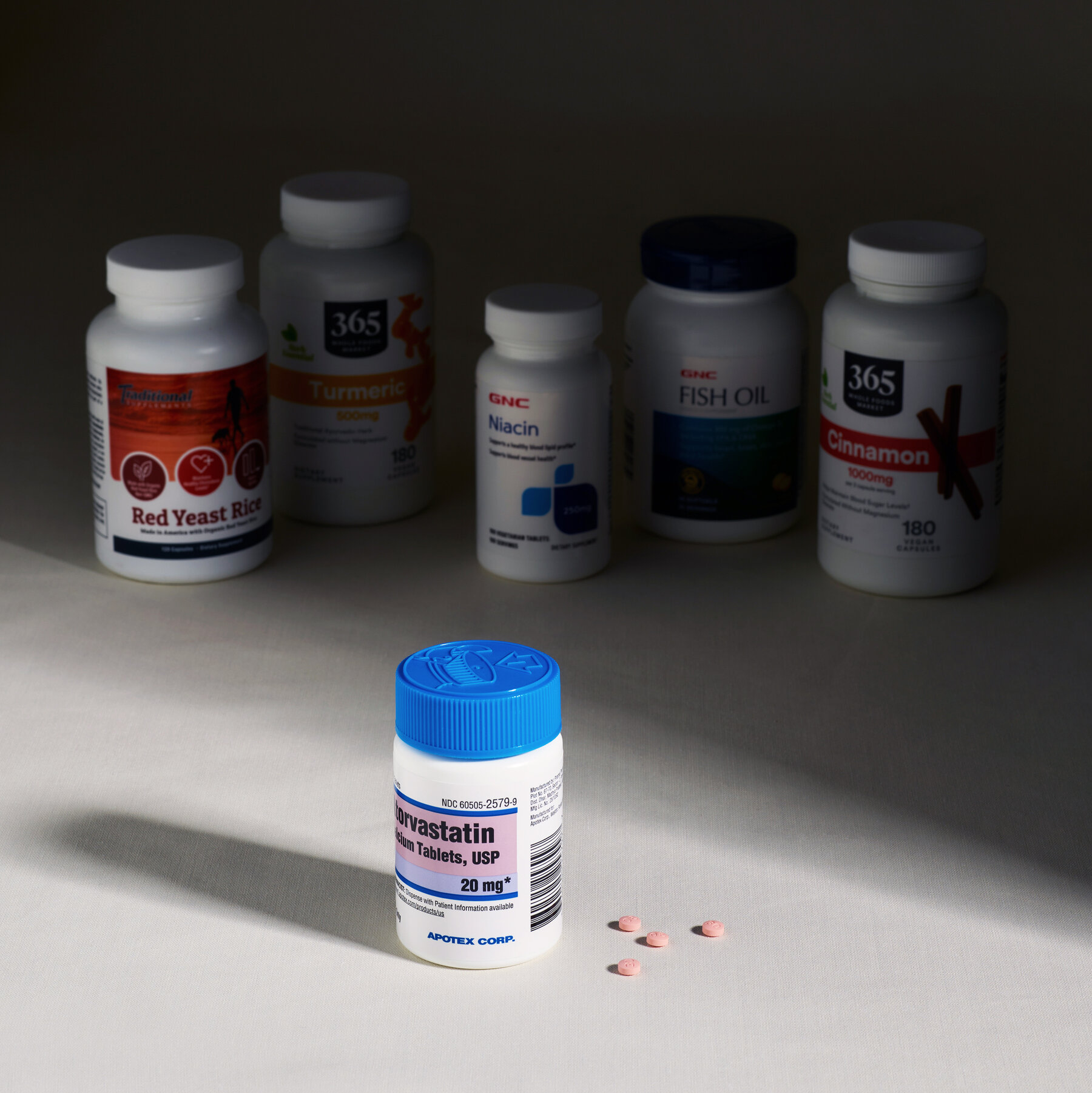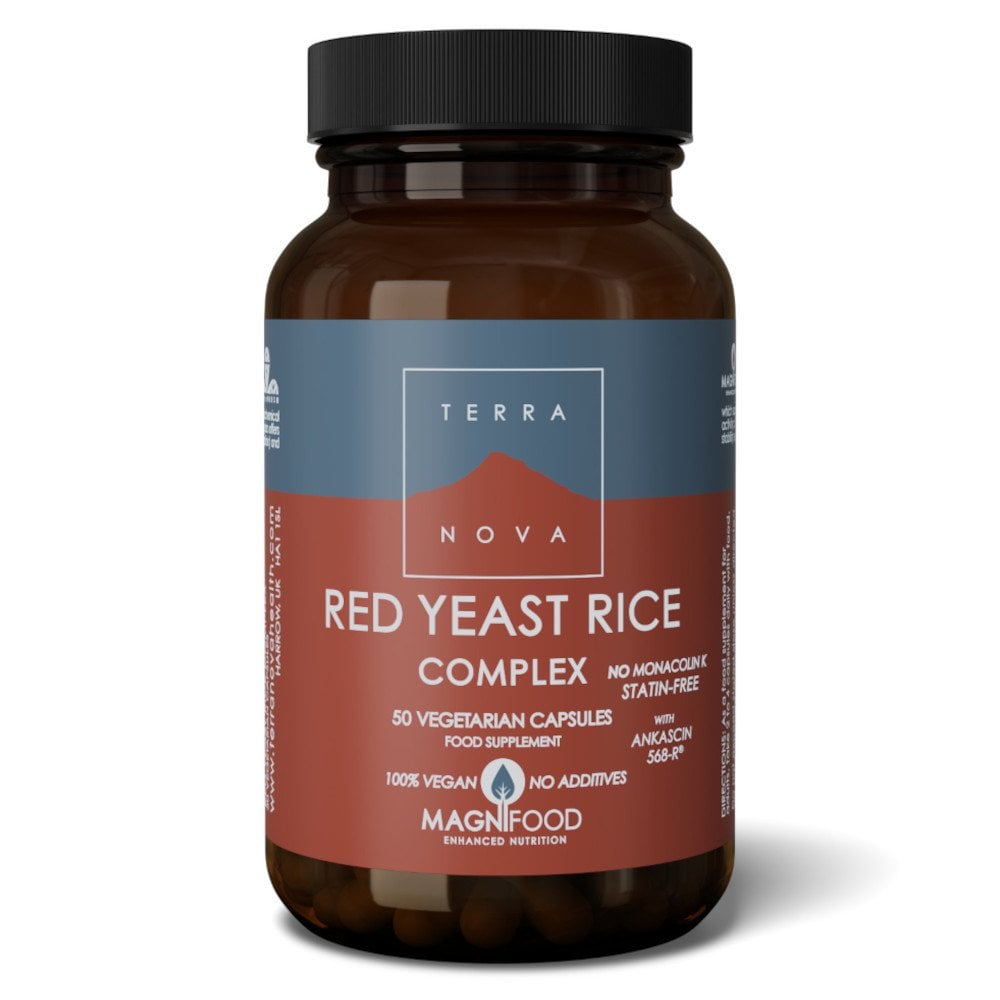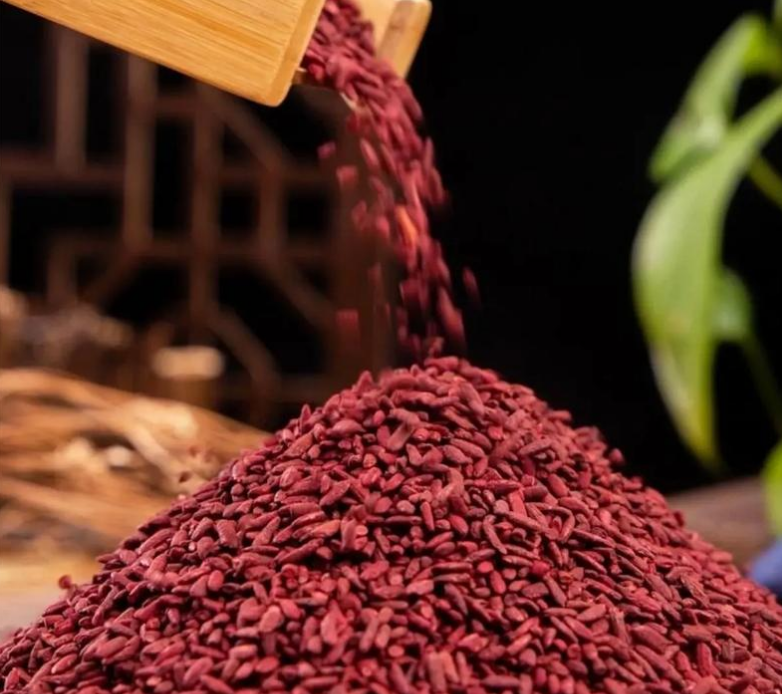Yes, you can take red yeast rice (1,200–2,400 mg daily) and fish oil (1,000–2,000 mg daily) together for heart health. They complement each other by lowering LDL cholesterol up to 30% and triglycerides by 25–45%.
Complementary Benefits for Cholesterol Management
Indeed, clinical studies have demonstrated that red yeast rice, because of its monacolin K content, is effective in reducing LDL cholesterol by up to 22-30% when taken in doses of 1,200-2,400 mg daily. On the contrary, fish oil, or more precisely the EPA and DHA omega-3 fatty acids, reduces triglycerides by 25-45% at a daily dose of 1,000-4,000 mg.
In a randomized trial of 200 people with high cholesterol, researchers variously prescribed red yeast rice alone, fish oil alone, or the combination of both. At the end of 12 weeks, the combination-supplement group experienced an LDL cholesterol drop of 35% and a plunge in their triglycerides of 40%, compared to active supplement groups reporting 20% and 25% respectively.
Consume red yeast rice with dinner because most cholesterol is manufactured in the body during sleep. Fish oil needs to be taken along with meals containing healthy fat, ensuring better absorption and thereby decreasing the aftertaste, which some people describe as “fishy.”. A combination of 1,200 mg red yeast rice and 2,000 mg fish oil daily is both practical and supported by research, balancing efficacy and tolerability for most users.
Blood tests every three months can show how LDL, HDL, and triglyceride levels are changing. For example, a patient whose starting LDL cholesterol is 190 mg/dL and triglycerides are 250 mg/dL may have those numbers reduced to 125 mg/dL and 150 mg/dL, respectively, after three months on the combination of supplements.
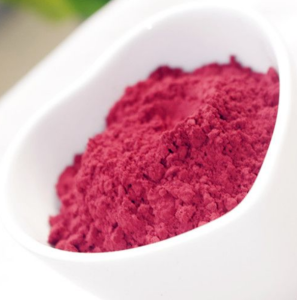
Heart Health Support
Basic research has documented that 1,200-2,400 mg of red yeast rice taken daily can lower LDL cholesterol by 20-30%. High levels of LDL cholesterol are believed to be one of the major contributing risk factors to heart disease, and it is argued that even a 10% decrease in LDL cholesterol can result in a heart attack reduction of 20%. On the other hand, fish oil plays a vital role in lowering down triglycerides by 25-45% with dosages of 1,000-4,000 mg daily.
Indeed, one large meta-analysis involving over 15,000 subjects found that in combination, red yeast rice and fish oil were superior to either one alone for improving lipid profiles. Overall, those subjects receiving both supplements experienced, on average, a 35% reduction in LDL cholesterol and a 40% decrease in triglycerides at 12 weeks. These changes were also accompanied by an increase in HDL cholesterol, which carries excess cholesterol to the liver for excretion, by 10%.
Omega-3 fatty acids, particularly EPA and DHA, in fish oil have been noted to lower blood pressure by 2-5 mmHg when 2,000 mg is taken daily, especially in individuals with hypertension. Lowering blood pressure reduces strain on the heart and decreases the risk of developing heart failure. More precisely, patients whose entry systolic blood pressure is 140 mmHg may experience decreases in systolic readings below 135 mmHg with regular intake of fish oil.
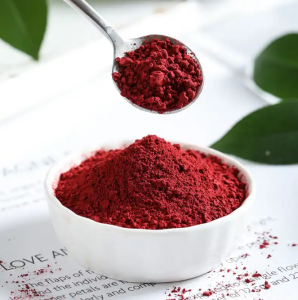
Reduced Inflammation
Fish oil is extremely rich in omega-3 fatty acids, mainly due to the two most critical forms known as EPA and DHA. Both these forms have very strong anti-inflammatory properties. Research has shown that supplementation with 2,000-4,000 mg/day of fish oil may decrease inflammation markers, such as C-reactive protein (CRP), by as much as 25%. High levels of CRP are associated with an increased risk of heart disease, arthritis, and other inflammatory states. Red yeast rice further supports this effect by reducing oxidative stress, which contributes to chronic inflammation.
In one study, 150 subjects with high inflammatory markers who received a combination of red yeast rice (1,200 mg daily) and fish oil (2,000 mg daily) showed a 30% reduction in CRP levels after 12 weeks. This was opposed to a 15% reduction in the group with fish oil only and another 20% in those taking red yeast rice. The combined approach also offered improved endothelial function, as evidenced by a 10% increase in flow-mediated dilation, a measure of arterial health.
Omega-3 fatty acids in fish oil downregulate the production of pro-inflammatory cytokines, whereas red yeast rice decreases inflammatory oxidative markers. For example, in one 16-week trial in patients with mild osteoarthritis, patients taking fish oil 3,000 mg and red yeast rice 1,500 mg daily exhibited a 35% improvement in joint pain and stiffness scores.
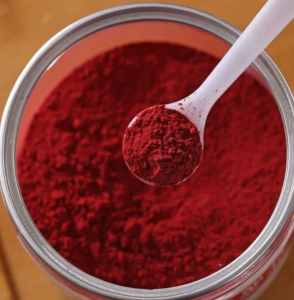
No Direct Drug Interaction
Generally, red yeast rice and fish oil are well tolerated together, with no reported direct drug interaction in clinical studies. Red yeast rice contains monacolin K, an active constituent similar in action to statins, while fish oil is a source of omega-3 fatty acids that reduce inflammation and triglycerides. Various studies have shown that taking both of these supplements together will not affect the different mechanisms of action for either one.
The other critical consideration when taking supplements together is liver stress. In this regard, studies have shown that the levels of liver enzymes in participants taking both red yeast rice and fish oil remained within the normal range. In the 150-patient trial, liver enzymes, or ALT and AST, in the combination arm were comparable to the placebo, averaging 22 U/L for ALT and 20 U/L for AST, respectively, below the upper limit of 40 U/L.
Fish oil, at doses between 1,000-2,000 mg a day, might have a slight effect on blood thinning since it reduces platelet aggregation. In a study involving patients on anti-hypertensive medication, the addition of red yeast rice and fish oil did not alter the effect of their medications and systolic blood pressure was reduced by 10-12 mmHg in a consistent way across groups.
Improved Lipid Profile
Red yeast rice contains a natural statin called monacolin K, which acts to lower LDL cholesterol through its inhibition of HMG-CoA reductase, a critical enzyme for cholesterol production. Various studies have indicated that when 1,200-2,400 mg of RYR is consumed daily, it can lower LDL levels by 20-30%, and fish oil, being rich in the EPA and DHA omega-3 fatty acids, lowers triglycerides by 25-45% at doses of 1,000-4,000 mg daily, whereas the latter also increases HDL cholesterol levels.
In a 12-week randomized controlled trial of 250 dyslipidemic subjects, supplementation with a combination of red yeast rice at 1,200 mg/day and fish oil at 2,000 mg/day resulted in significantly better outcomes compared to either supplement given in isolation. LDL cholesterol was reduced by 35%, triglycerides by 40%, while HDL cholesterol was raised by 10%. Among patients receiving only red yeast rice, LDL cholesterol was lowered by 25%, but the group on fish oil alone had a 30% reduction in triglyceride level.
High LDL and triglycerides are highly linked to atherosclerosis, which results in infarctions and strokes. The long-term trials indicate for each 1% the reduction of LDL cholesterol, there would be a 2% drop in the major cardiovascular outcomes. For example, an individual with an initial LDL cholesterol level of 190 mg/dL and succeeds in lowering it by 35% through supplementation will bring his level down to 124 mg/dL, safely below the risk threshold of heart disease. This is similarly true for a decrease in triglycerides from 250 mg/dL to 150 mg/dL, which falls within the recommended range for minimizing cardiovascular complications.
Potential Digestive Benefits
Fish oil, being one of the richest sources of omega-3 fatty acids, was shown to have a promoting effect on gut health due to its anti-inflammatory role in the gastrointestinal tract. It has been noted in studies that 2,000-3,000 mg of fish oil taken daily can reduce symptoms of IBD, such as Crohn’s disease and ulcerative colitis, by 20-30%.
In one clinical trial involving 180 patients with mild digestive discomfort, the combination of red yeast rice (1,200 mg daily) and fish oil (2,000 mg daily) was associated with a 40% reduction in frequency of bloating and abdominal pain after 8 weeks. For comparison, in the same study, those receiving only red yeast rice demonstrated a 25% reduction, and those given fish oil alone experienced a 30% improvement.
These omega-3s in fish oil exert anti-inflammatory actions, which extend to include a reduction in the permeability of the small intestine, generally referred to as “leaky gut.” Research has shown that 2,500 mg/day supplementation with fish oil for up to 6 weeks resulted in a 15% reduction in gut permeability. In combination with red yeast rice, which is shown to enhance gut health via modification in bile acid production, these two agents together provide health benefits to the gut.
Enhanced Nutritional Support
The dosage of red yeast rice was given at 1,200-2,400 mg daily and has been seen to reduce LDL cholesterol by 20-30%, with an increase in antioxidant activity. Fish oil adds to this with a rich content of omega-3 fatty acids, mostly EPA and DHA, supporting cardiovascular and cognitive health. A daily dose of 2,000-4,000 mg of fish oil-providing 1,200-2,400 mg of combined EPA and DHA in a typical dose-matches the amount used in research showing reduced triglycerides and inflammation.
A typical 1,000 mg of fish oil capsule contains about 100 IU of vitamin D, contributing to the 600-800 IU daily requirement for most adults. Being a foodstuff, red yeast rice is not an important source of vitamins, but it contributes indirectly to nutrient balance by acting on bile acid metabolism and thereby facilitating the absorption of fat-soluble vitamins.
Diets low in fatty fish often create a deficiency in omega-3 fatty acids; according to studies, an average American ingests a scanty 50-100 mg of EPA and DHA daily, far from the recommended 500-1,000 mg. Supplementing with fish oil bridges this gap effectively. In one study among 300 subjects with high cholesterol, 85% of the patients who had taken red yeast rice attained their targeted LDL cholesterol level without needing any other pharmaceutical intervention.
